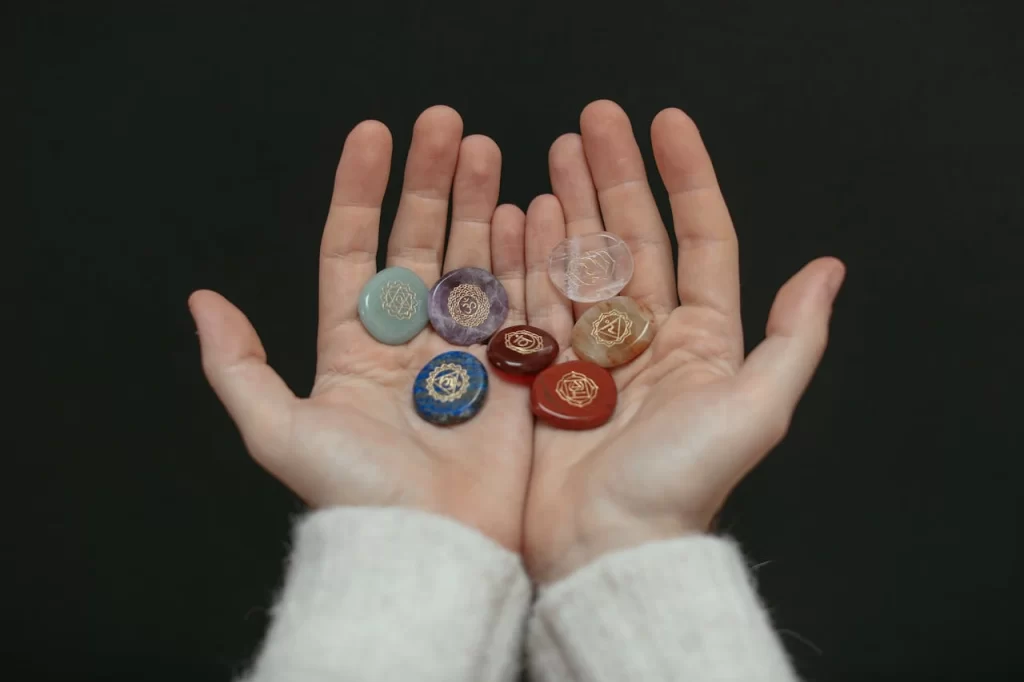
Have you ever tried methods that go beyond conventional medicine? Many people around the world are exploring natural healing methods for better health. Nearly 37% of adults in the United States are turning to some form of alternative medicine or holistic healing methods. Even since the pandemic, these approaches have gained even more popularity.
But what are these methods, and how can we incorporate them into our daily lives? This article is all about learning the magic of holistic health. We will share some practices on how to add these holistic healing methods to your life to optimize your well-being. Let’s start with understanding the meaning of holistic health.
Holistic Healing Meaning
The word holistic is from the Greek word ‘holos’, which means whole. The holistic approach to healing emphasises that there is a connection between mind, body, and spirit, recognizing that each aspect influences the other.
Unlike conventional medicine, which often treats ailments in isolation, holistic therapy takes a more comprehensive approach by treating the whole person. This means holistic health aims to achieve complete wholeness and balance rather than only treating individual diseases or symptoms.
To achieve this balance, holistic health focuses on all the facets of life, such as physical health, emotional balance, social connectivity, spiritual wellness, intellectual stimulation, environmental harmony, and occupational satisfaction. You can cultivate a more prosperous and fuller life by nurturing all these.
Why Try Holistic Healing Methods?
One question that often comes to mind is: Why is holistic medicine better? So, for starters, it is like a personalized approach to your health to see what actually works for you. Whether it is yoga, meditation, or any herbal medicine, you can tailor your experience to fit your needs.
Holistic methods are also fantastic for prevention. These techniques can help your body fight health problems before they start. Plus, these practices also encourage self-care, which all of us can use as a reminder.
Last but not least, these methods have no side effects like some modern-day treatments. So, trying these techniques can indeed have a positive effect on your health.
Best Holistic Healing Methods
So, without further ado, let’s begin learning the most popular and effective holistic healing methods worldwide.
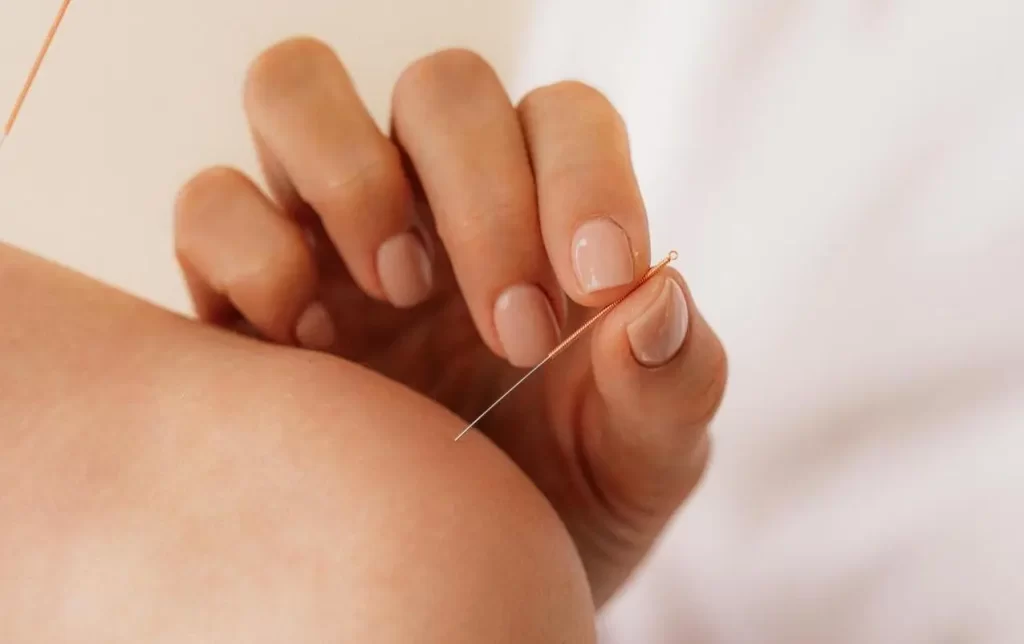
1. Acupuncture
Acupuncture is an ancient Chinese healing method that involves inserting super-thin needles into specific body areas. This ancient practice is rooted in the concept of “Qi” (pronounced “chee”). This energy flows through pathways called meridians. If this energy is disrupted, it can cause health issues.
In recent times, it has been found to be used in the treatment of body aches and headaches. Many people also use it to reduce anxiety and stress, promoting overall well-being. In addition to its pain-relieving benefits, it can help with digestion and improve physical and emotional health. But remember that acupuncture should only be performed by a trained acupuncturist and not done on your own.
2. Aromatherapy
Another holistic method is aromatherapy, also known as essential oil therapy. It uses plant-based essential oils like lavender, tea tree, sandalwood, and CBD oils. These essential oils are so concentrated that a single drop can smell stronger than a whole bunch of flowers.
When inhaled, they stimulate receptors in your nose and send signals to the brain to uplift your mood, reduce anxiety, and improve overall wellness. They are either applied to the skin, inhaled, or used in a diffuser.
Aromatherapy works well when combined with massage and yoga to enhance the results. Plus, it doesn’t require any professional treatment, so it’s an attractive option for everybody.

3. Mindful Meditation
Meditation is a simple yet powerful way to improve mental, social, and spiritual health. It aims to quiet your inner thoughts and mental speculations to find peace and calm.
Many who meditate daily find it helpful to reduce negative thoughts and gain a greater sense of peace from within. Not only this, but studies suggest that it can also reduce pain and improve depressive symptoms.
There are several forms of meditation, such as transcendental, guided imagery, nature therapy, and mindfulness. Each has its benefits, and studies have shown that these techniques can successfully lower stress, boost focus, and make people stronger emotionally.
If you’re curious about how forest bathing can transform your well-being, don’t miss out on our article, Is Nature Bathing the New Therapy? How to Do It.
4. Massage Therapy
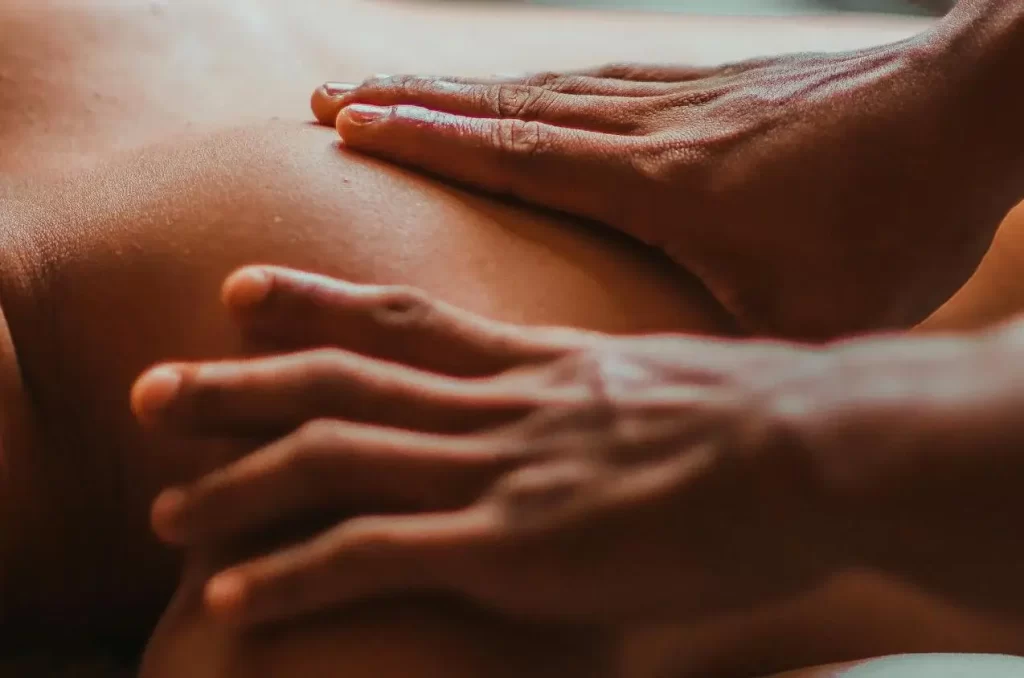
Massage therapy is one of the oldest holistic healing methods practiced for over 3000 years.
The skilled therapist applies pressure during a massage and manipulates ligaments, muscles, and soft tissues with their fingers, hands, or tools. This reduces soreness and stiffness by increasing the blood circulation in the body. Better blood flow helps the body eliminate waste and toxins, bringing oxygen and nutrients to cells.
Not only this, it is also a tried and tested method of self-pampering that comes with various wellness benefits. Knowing its calming effects, massage can be helpful in reducing stress and discomfort, including tension headaches. Also, research indicates that massage increases natural “killer T cells,” which fight infections.
5. Chiropractic Therapy
Chiropractic therapy is another holistic healing method that focuses on applying pressure to specific points in your nervous system to help regulate your physical health.
Because of its comprehensive approach, chiropractic care relieves aches and pains all over the body, including the back and joints. Even 2020 research showed that adults seeing a chiropractor were less likely to use opioids for their back pain. It can also improve posture and athletic performance.
Like some other at-home treatments, it requires a professional to perform it. So, if you are interested in a session, visit your nearby clinic.
6. Homeopathy
Homeopathy is another holistic method, and as per WHO, it is the world’s second most popular medicine system.
It works with the concept of “Like cures like.” It means any ingredient that can make a person sick can also treat the person. So, the goal here is to set off the immune system’s automatic response. Homeopathy is used as a personalized approach.
Only qualified professionals can evaluate each patient’s symptoms and health status, and only then can medications be tailored to their needs. Such a tailored treatment aims to alleviate symptoms and improve overall well-being.
7. Reflexology
The ancient Chinese art of reflexology involves applying pressure to particular areas on the hands and feet to restore balance to the body’s energy systems. Each point corresponds to different organs in the body, so by applying pressure, reflexologists can help relieve various symptoms.
As this practice increases blood flow and sends a calming signal to the brain, it is commended for its stress-relieving benefits. In addition, reflexology can resolve problems such as hormone imbalances, headaches, back pain, and irritable bowel syndrome (IBS). It has also helped cancer patients with the adverse effects of therapy. So, with its numerous benefits, reflexology can be used by anyone.
8. Reiki
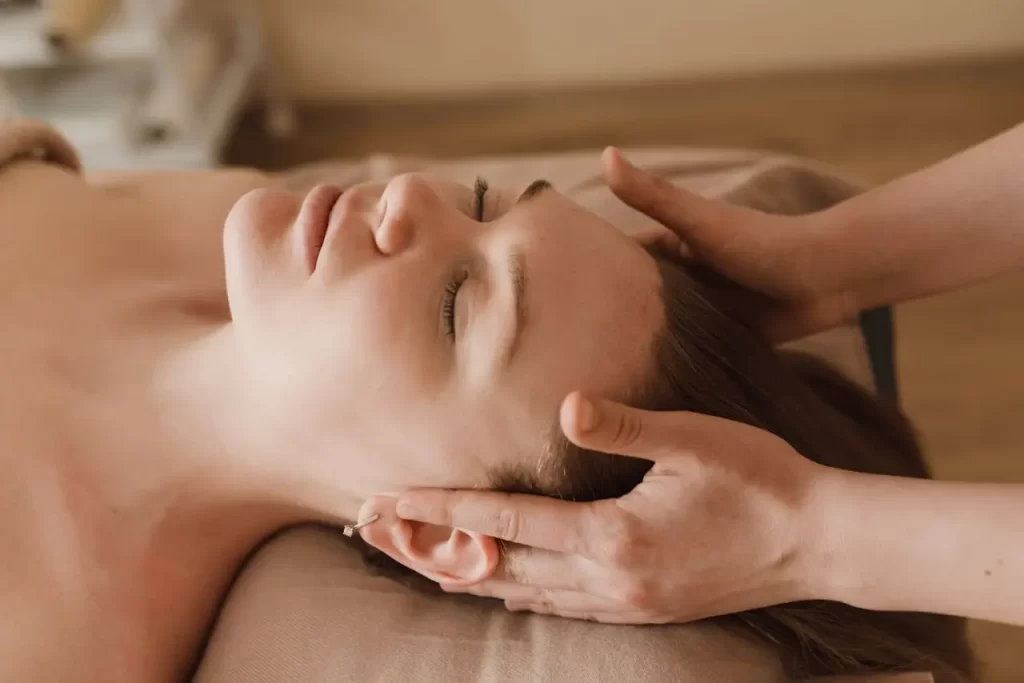
Reiki is a natural healing method developed in Japan in the early 20th century. Its fame stems from the fact that it restores the body’s vital energy levels, which in turn promotes balance and healing.
It is done via the transfer of energy from the practitioner to the patient through light contact or hovering palms above the body. This transfer might help the body’s energy systems become more balanced and stimulate healing mechanisms.
Reiki is a good way to help relieve stress and handle chronic pain, but it shouldn’t be used instead of regular medical care.
9. Grounding Exercises
A lesser-known natural healing remedy is grounding exercises or earthing. This method focuses on returning to connect with the earth’s natural energy to improve mental, social, and physical health.
Common grounding practices include walking barefoot on natural surfaces, sitting or lying on the ground, and submerging in water. It has been proven to have many health benefits. Studies have shown that grounding mats can help a lot with chronic fatigue. Also, grounding for just one hour can improve satisfaction and reduce stress. Many also say they sleep longer with less disturbance.
So, to add these exercises, try to walk barefoot on grass or soil. Or take some time to sit or lie down outdoors. Or you can simply put your feet on grass and picture energy from the ground, which can improve your experience.
10. Herbal Medicine
Herbal or botanical medicine is the oldest form of medicine. It uses plants and their products that can be consumed or put on the skin. It’s still relevant today, as many modern drugs come from herbal sources.
The idea of this holistic therapy is that many plant characteristics aid the body’s healing mechanism. That is why some common plants have medicinal uses, including anti-inflammatory and immune system-enhancing properties. Some of the common examples include ginger, chamomile, and echinacea.
Although herbal medicine is often a safe and effective way to improve health, it is important to talk to a professional before using it. This is especially true if you are already suffering or on any kind of medication.
11. Yoga
If you ask anyone what is the most popular holistic therapy, then yoga is it. Not only is it popular, but it is also the oldest, with over 5,000 years of history. The word yoga originated from the Sanskrit word “yut,” which literally means to bind.
Just like mindful meditation, yoga focuses on breathing and quieting the mind as you progress through a sequence of physical poses that enhance flexibility and strength.
Yoga has been shown to help with chronic pain, lower anxiety and stress, and improve quality of life. One study also indicated that it can even reduce substance abuse after prolonged practice.
Everyone, regardless of age or fitness ability, may benefit from yoga due to its wide range of postures and intensities. And today, you can find many apps, videos, and classes that will show you how to start and find the one that suits you. But the best is to take classes from a yoga specialist.
12. Chakra Healing
The last on our list of holistic healing methods is chakra healing. It has its roots in ancient Indian culture. The main idea of this healing therapy is to focus on balancing the chakras, the body’s energy centers.
Seven chakras run along the spine. Each affects a different part of our body, mind, and spirit. If these energy areas are blocked or out of balance, it can cause issues from physical illnesses to mental problems. But chakra healing can get rid of blocks and bring back balance. This can be done by visualization of the chakra and its color, chakra meditations, and chants. These techniques can be learned with the guidance of a specialist.
Summing it Up
So, now you know that holistic healing methods are not just a trend. They are a way to nurture your body in all of its aspects.
We encourage you to take advantage of the chance to care for your health and well-being in a way that works for you. Try any of the methods and see the magic yourself.
And don’t forget to share and help other people on their healing paths.
FAQs
What is a holistic approach to healing?
A holistic healing method serves the person as a whole, including their mind, body, and spirit, instead of just treating their symptoms or illnesses. It stresses how all parts of health are linked and encourages general well-being.
What are the 7 holistic approaches?
The seven holistic approaches focus on different aspects of well-being: physical health, emotional balance, social connectivity, spiritual wellness, intellectual stimulation, environmental harmony, and occupational satisfaction. These techniques, when combined, form a well-rounded route to overall health.
How can I heal myself holistically?
The easiest way to heal yourself holistically is to focus on nurturing your aspects of well-being. You can incorporate practices like healthy eating, mindfulness or meditation, and therapies for pain relief, such as acupuncture and body massage.
What is the best self-healing method?
There is no one-size-fits-all answer to this. The best self-healing technique varies from person to person. So, the key is to find rhythm, listen, and choose practices that align with your mind, body, and spiritual needs.
How to heal spiritually?
Healing spiritually can be done by meditation, prayer, nature walks, and exploring your beliefs and values. You can also focus on balancing your chakras.
References
- “—.” National Institutes of Health (NIH), 31 Jan. 2024, www.nih.gov/news-events/news-releases/nih-analysis-reveals-significant-rise-use-complementary-health-approaches-especially-pain-management#:~:text=The%20key%20findings%20include%3A,2002%20to%2036.7%25%20in%202022.
- Vickers, A., et al. Acupuncture for chronic pain: individual patient data meta-analysis. 2012, www.semanticscholar.org/paper/Acupuncture-for-chronic-pain%3A-individual-patient-Vickers-Cronin/02c6980ceb57de73952c3c7be5223a31914aee76.
- Sung, J. J. Y. “Acupuncture for gastrointestinal disorders: myth or magic.” Gut, vol. 51, no. 5, Oct. 2002, pp. 617–19. https://doi.org/10.1136/gut.51.5.617.
- Lin, Lu-Lu, et al. “Acupuncture for Psychological Disorders Caused by Chronic Pain: A Review and Future Directions.” Frontiers in Neuroscience, vol. 14, Jan. 2021, https://doi.org/10.3389/fnins.2020.626497.
- Hilton, Lara, et al. “Mindfulness Meditation for Chronic Pain: Systematic Review and Meta-analysis.” Annals of Behavioral Medicine, vol. 51, no. 2, Sept. 2016, pp. 199–213. https://doi.org/10.1007/s12160-016-9844-2.
- Repiso-Guardeño, Angela, et al. “Physical Therapy in Tension-Type Headache: A Systematic Review of Randomized Controlled Trials.” International Journal of Environmental Research and Public Health, vol. 20, no. 5, Mar. 2023, p. 4466. https://doi.org/10.3390/ijerph20054466.
- Hernandez-Reif, Maria, et al. “NATURAL KILLER CELLS AND LYMPHOCYTES INCREASE IN WOMEN WITH BREAST CANCER FOLLOWING MASSAGE THERAPY.” International Journal of Neuroscience, vol. 115, no. 4, Jan. 2005, pp. 495–510. https://doi.org/10.1080/00207450590523080.
- Bost, Nerolie, and Marianne Wallis. “THE EFFECTIVENESS OF A 15 MINUTE WEEKLY MASSAGE IN REDUCING PHYSICAL AND PSYCHOLOGICAL STRESS IN NURSES.” Australian Journal of Advanced Nursing, vol. 23, no. 4, Aug. 2006, https://doi.org/10.37464/2006.234.1920.
- Paige, Neil M., et al. “Association of Spinal Manipulative Therapy With Clinical Benefit and Harm for Acute Low Back Pain.” JAMA, vol. 317, no. 14, Apr. 2017, p. 1451. https://doi.org/10.1001/jama.2017.3086.
- Whedon, James M., et al. “Impact of Chiropractic Care on Use of Prescription Opioids in Patients with Spinal Pain.” Pain Medicine, vol. 21, no. 12, Jan. 2020, pp. 3567–73. https://doi.org/10.1093/pm/pnaa014.
- Fortner, Miles O., et al. “Treating ‘slouchy’ (hyperkyphosis) posture with chiropractic biophysics<sup>®</sup>: a case report utilizing a multimodal mirror image<sup>®</sup> rehabilitation program.” Journal of Physical Therapy Science, vol. 29, no. 8, Jan. 2017, pp. 1475–80. https://doi.org/10.1589/jpts.29.1475.
- Corso, Melissa, et al. “The effects of spinal manipulation on performance-related outcomes in healthy asymptomatic adult population: a systematic review of best evidence.” Chiropractic & Manual Therapies, vol. 27, no. 1, June 2019, https://doi.org/10.1186/s12998-019-0246-y.
- —. “Homeopathy Is The Second Largest System Of Medicine In The World.” NASH, 16 Oct. 2024, homeopathy.org/homeopathy-is-the-second-largest-system-of-medicine-in-the-world.
- McCullough, J. E. M., et al. “The Physiological and Biochemical Outcomes Associated with a Reflexology Treatment: A Systematic Review.” Evidence-based Complementary and Alternative Medicine, vol. 2014, no. 1, Jan. 2014, https://doi.org/10.1155/2014/502123.
- Tedeschi, Roberto. “Exploring the Efficacy of Plantar Reflexology as a Complementary Approach for Headache Management: A Comprehensive Review.” International Journal of Therapeutic Massage & Bodywork Research Education & Practice, vol. 17, no. 3, Sept. 2024, pp. 31–40. https://doi.org/10.3822/ijtmb.v17i3.971.
- Eghbali, Maryam, et al. The effects of reflexology on chronic low back pain intensity in nurses employed in hospitals affiliated with Isfahan University of Medical Sciences. 1 Apr. 2012, pmc.ncbi.nlm.nih.gov/articles/PMC3696219.
- Tovey, Philip. A single-blind trial of reflexology for irritable bowel syndrome. 1 Jan. 2002, pmc.ncbi.nlm.nih.gov/articles/PMC1314196.
- Murat-Ringot, Audrey, et al. “The Effects of Foot Reflexology on Chemotherapy-Induced Nausea and Vomiting in Patients with Digestive System or Lung Cancer: Protocol for a Randomized Controlled Trial.” JMIR Research Protocols, vol. 9, no. 7, May 2020, p. e17232. https://doi.org/10.2196/17232.
- McManus, David E. “Reiki Is Better Than Placebo and Has Broad Potential as a Complementary Health Therapy.” Journal of Evidence-Based Complementary & Alternative Medicine, vol. 22, no. 4, Sept. 2017, pp. 1051–57. https://doi.org/10.1177/2156587217728644.
- Chevalier, Gaétan. “The Effect of Grounding the Human Body on Mood.” Psychological Reports, vol. 116, no. 2, Mar. 2015, pp. 534–42. https://doi.org/10.2466/06.pr0.116k21w5.
- Salm, Sandra, et al. “Current state of research on the clinical benefits of herbal medicines for non-life-threatening ailments.” Frontiers in Pharmacology, vol. 14, Sept. 2023, https://doi.org/10.3389/fphar.2023.1234701.
- Azami, Milad, et al. “The effect of yoga on stress, anxiety, and depression in women.” International Journal of Preventive Medicine, vol. 9, no. 1, Jan. 2018, p. 21. https://doi.org/10.4103/ijpvm.ijpvm_242_16.
- Brooks, Jennifer, et al. “Yoga for Substance Use Disorder in Women: A Systematic Review.” International Journal of Yoga Therapy, vol. 31, no. 1, Nov. 2020, https://doi.org/10.17761/2021-d-20-00008.

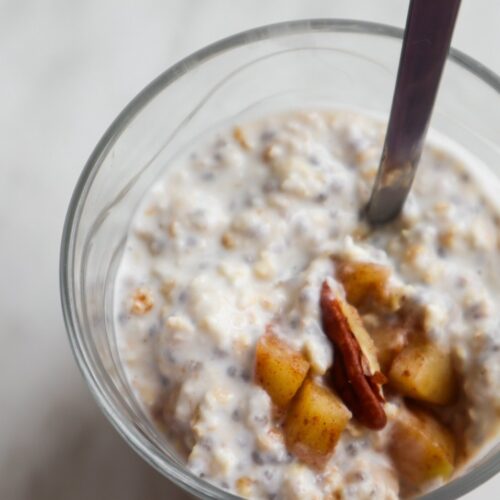

Leave a Reply